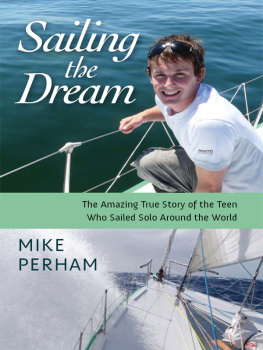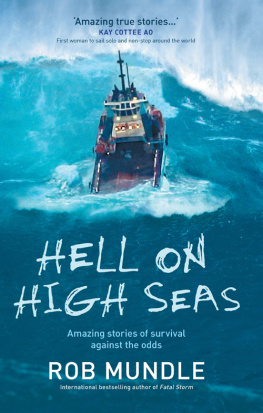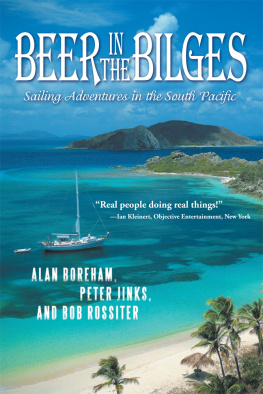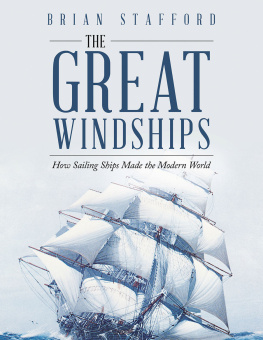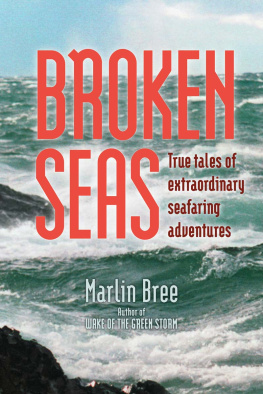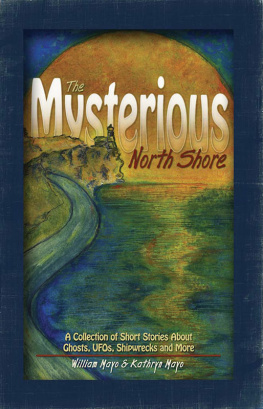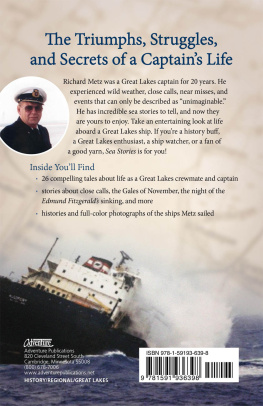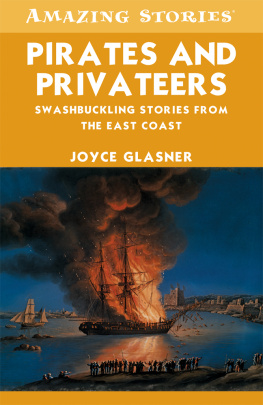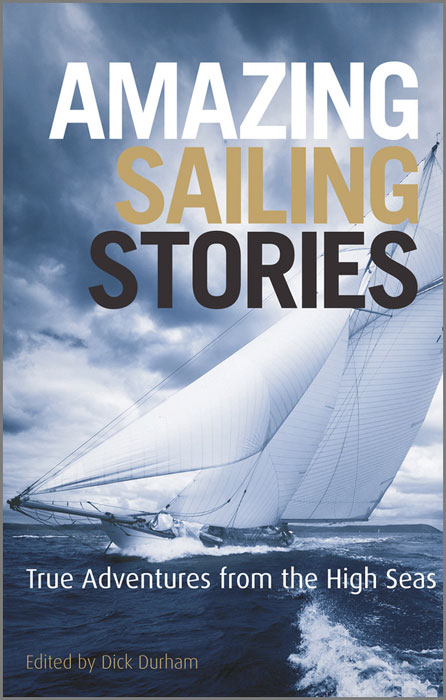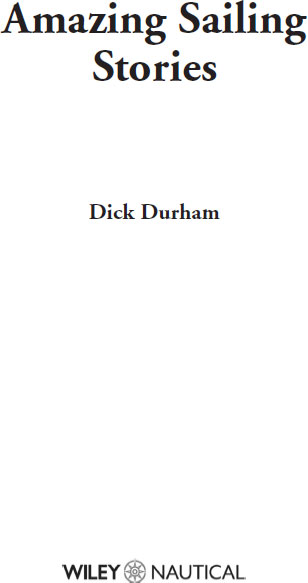For Emily
This edition first published 2011
2011 Dick Durham
Registered Office
John Wiley & Sons Ltd, The Atrium, Southern Gate, Chichester, West Sussex, PO19 8SQ, United Kingdom
Editorial Office
John Wiley & Sons Ltd, The Atrium, Southern Gate, Chichester, West Sussex, PO19 8SQ, United Kingdom
For details of our global editorial offices, for customer services and for information about how to apply for permission to reuse the copyright material in this book please see our website at www.wiley.com .
The right of Dick Durham to be identified as the author of this work has been asserted in accordance with the UK Copyright, Designs and Patents Act 1988.
All rights reserved. No part of this publication may be reproduced, stored in a retrieval system, or transmitted, in any form or by any means, electronic, mechanical, photocopying, recording or otherwise, except as permitted by the UK Copyright, Designs and Patents Act 1988, without the prior permission of the publisher.
Wiley also publishes its books in a variety of electronic formats and by print-on-demand. Some content that appears in standard print versions of this book may not be available in other formats. For more information about Wiley products, visit us at www.wiley.com .
Designations used by companies to distinguish their products are often claimed as trademarks. All brand names and product names used in this book are trade names, service marks, trademarks or registered trademarks of their respective owners. The publisher is not associated with any product or vendor mentioned in this book. This publication is designed to provide accurate and authoritative information in regard to the subject matter covered. It is sold on the understanding that the publisher is not engaged in rendering professional services. If professional advice or other expert assistance is required, the services of a competent professional should be sought.
Library of Congress Cataloging-in-Publication Data
Durham, Dick, 1951
Amazing sailing stories / Dick Durham.
p. cm.
Summary: A wonderful hardback collection of thrilling stories of the sea,
both ancient and modern -- Provided by publisher.
ISBN 978-0-470-97803-0 (hardback)
1. Sailing--Anecdotes. I. Title.
GV811.D84 2011
387.204309dc23
2011029123
A catalogue record for this book is available from the British Library.
ISBN: 978-0-470-97803-0 (hbk) ISBN: 978-1-119-95261-9 (ebk)
ISBN: 978-1-119-95263-3 (ebk) ISBN: 978-1-119-95262-6 (ebk)

Wiley Nautical sharing your passion.
At Wiley Nautical we're passionate about anything that happens in, on or around the water.
Wiley Nautical used to be called Fernhurst Books and was founded by a national and European sailing champion. Our authors are the leading names in their fields with Olympic gold medals around their necks and thousands of sea miles in their wake. Wiley Nautical is still run by people with a love of sailing, motorboating, surfing, diving, kitesurfing, canal boating and all things aquatic.
Visit us online at www.wileynautical.com for offers, videos, podcasts and more.
PART ONE
Survival
VOYAGE OF DESPERATION
With no sailing or navigation experience John Caldwell set out from Panama on a 9 500-mile voyage to get back to his wife in Australia. His voyage included shark attack, starvation and shipwreck
The lack of shipping, at the end of World War II, prompted lovesick John Caldwell to embark on one of the most foolhardy voyages in the annals of sailing history because he was pining for his newly-wed wife Mary. They had married in 1945, but she was back in Sydney, Australia and the boatless Caldwell had come ashore at Balboa, Panama in May 1946 after working as a merchant seaman aboard a US Liberty ship distributing Australian troops to Borneo.
So the 27-year-old Texan bought Pagan , a 29 ft cutter which had 1 000 pounds of cement poured into her bilge to help the 600-pound lead shoe nailed onto the keel keep her 40 ft mast upright. She would not have been everyone's choice of craft in which to cross the Pacific Ocean.
With no experience of sailing or navigation other than that which he had managed to glean from a basic book: How To Sail , Caldwell set off with two cats, Flotsam and Jetsam for company and 248 tins of food and 95 gallons of water. With the engine running and the helm lashed he walked forward to stow the anchor and cable, but while carrying the anchor he tripped and plunged overboard and went down with the hook until he let go and fought his way to the surface. Here he found his little ship driving round and round the dragging anchor. Pagan hit a buoy, as Caldwell swam towards her, but as she took a run at him he managed to scramble up her low freeboard by way of the chain plates. Now with the engine still running and the anchor still dragging he decided to have a go at sailing! After an uncontrolled gybe, he managed to retrieve his anchor and chain, then dropped the sails and motored out to sea. With just 9 500 miles to go before Australia, the solo sailor decided he better get in some practice, but out of sight of the longshoremen of Balboa. Instead Caldwell managed to con the boat to the Perlas Islands on the south-eastern side of the Gulf of Panama and here spent eight days practising. During a gale he managed to hit an uprooted floating tree which sprung some planks. Pagan was beached before she sank and Caldwell repaired her and set sail once more for the Galapagos Islands.
About halfway to the Galapagos he decided to have a go at shark fishing: hoping to show off a shark's jaw to Mary. Amazingly and with the use of a halyard he fished and landed a large shark weighing several hundred pounds. He tried killing it with an axe, but this brought the beast back to life and with a flick of its tail snapped off Pagans tiller and flipped it over the side. By the time Caldwell had despatched it the shark had half-demolished the cockpit and wrecked the engine.
In the Galapagos he stopped to clean Pagans hull of weed and barnacles and set off from Floreana for his next destination, the Marquesas 3 000 miles away.
Although he saw Nuku Hiva, the main island and port of clearance for the Marquesas, Caldwell was anxious to push on and try to beat the hurricane season, and so, even after 29 days he did not stop. Instead he called in, briefly, at the Caroline Islands for coconuts to eke out his dwindling supplies. Here he gave away his two cats to some admiring children.
Six days out of the Carolines the weather started to deteriorate. Caldwell feared the worst as squalls started building, the sky got darker and rain drenched the little boat. A full-blown hurricane was about to take over his life. Caldwell stowed his anchor below, put his inflatable dinghy on a painter astern, and lashed everything down including himself to his bunk. There he lay worrying whether Pagans 26-year-old timbers would hold together.
For three days he lay like this as the storm raged about him, ripping out the mast, filling the boat with water and making a quagmire of the tools, food and clothing below.
After it was over Caldwell used the broken spars to make a jury rig and under much reduced canvas carried on, at approximately one knot, hoping to limp into Samoa.
Food ran low and then out. He fried a fish in Vaseline, ate toothpaste, face cream, a stub of lipstick he'd been saving for Mary and fried some chamois leather in shaving cream and engine oil. Then he cut an oar into a spear and managed to catch some fish. But Pagans progress was pitifully slow and he next cut up his leather army boots, tenderised them by beating them on the end of his bunk, soaked them in salt water, then fried them in hair oil before boiling them in strips. He even scraped the seaweed off Pagans stricken hull, dressed it with hair oil and swallowed that, too.


